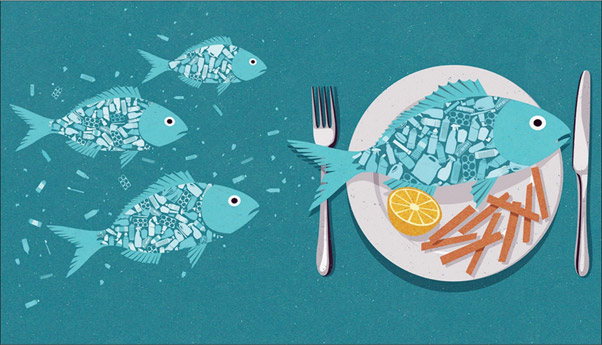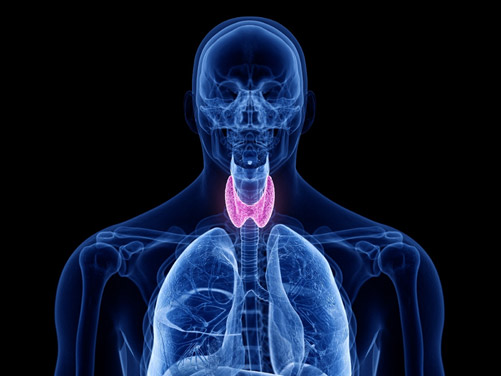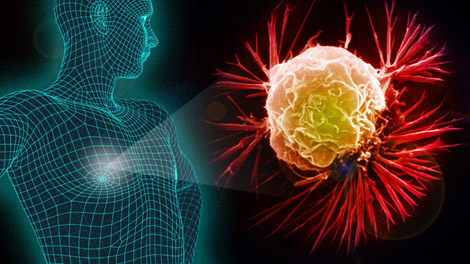Hundreds of billions of tiny particles of plastic float in the world’s oceans, from the surface to the deepest depths. Microplastics are little plastic particles that form when bigger plastic objects, such as shopping bags and food containers, degrade.
Microplastics are a source of concern for scientists since they are small, extensively spread, and simple for wildlife to swallow, either accidentally or purposely. Each year, more than 8 million tons of plastic end up in our oceans, according to Plastic Oceans. Microplastics can be found in a variety of foods, not just fish and shellfish. In fact, other sources that aren’t related to the sea could be far more dangerous.
In Europe, roughly 90 microplastics might be found in a percentage of consumer-grade mussels. The amount of microplastic consumed varies widely between countries and generations, yet ardent mussel eaters may consume up to 11,000 microplastics each year.
It’s more difficult to estimate how much microplastic we’re ingesting from fish. The majority of research to date have only looked at the contents of these organisms’ stomachs and guts, which are normally removed before ingestion. However, one study discovered microplastics in fish liver, implying that particles can travel from digestive tissues to other areas of the body.
Continue reading to learn more about plastics in seafood, as well as the health hazards linked with them and the perils of ocean pollution.
What are Microplastics?

Microplastics are little plastic particles that are less than 5 millimeters in length. Because of their small size, they can easily travel across the ocean. Animals may mistake them for food or ingest them by accident while eating other foods. Microplastics are smaller bits of plastic that break down over time and travel around the ocean.
They may also be used by some producers in their products. Cosmetic industries, for example, have been employing microscopic particles of plastic in beauty products for about 5 decades. Because they are a less expensive alternative to nonplastic components, these little bits of plastic are commonly found in exfoliating products and toothpastes.
Why are plastics found in seafood?

Because of the large amount of microplastics in the water, they are very common in seafood. Microplastics have been found in a wide range of creatures, as well as in oceans and rivers that feed into the oceans, according to research. For example, a 2020 study of two fish species in a river discovered that every single one of them had microplastics in their bodies. Plastics, particularly microplastics, have the ability to migrate up the food chain. An animal’s chances of eating a lot of microplastics increase as it gets closer to the top of the food chain.
This happens when smaller animals consume plastics, then larger animals eat those creatures, and then larger animals eat those animals again, causing microplastic levels to rise. The top of the food chain, humans, may then consume plastic-contaminated animals. There is no method to remove microplastics from an animal once they have been introduced, and no wild seafood supplier can guarantee that their goods are free of microplastics.
Where are Microplastic found?
Microplastics can be found all throughout the ocean, floating at the surface, mixing in with the water column, and sinking to the seafloor if they are denser than water. Thousands of feet down in the ocean’s lowest regions, plastic has been detected. These microscopic plastics have found their way into the arctic and Antarctica. Pigments, plasticizers, heat and UV stabilisers, fillers, and flame retardants such as polybrominated diphenyl ethers are all found in plastic polymers (PBDEs). These compounds can seep into nearby water, posing a risk to both the environment and human health.
Microplastics have been discovered in canned fish as well. Because the number of microplastics found was so little, the average consumer could only eat up to five microplastics from a serving of fish this way. The particles discovered could have come from the canning process or the atmosphere.
Sea salt is another source of microplastics in marine foods. Over 600 microplastics can be found in a kilogram of food. If you eat the recommended daily allowance of 5 grammes of salt, you’ll be exposed to three microplastics every day (although many people eat much more than the recommended amount).
Other studies, on the other hand, have discovered varied levels of microplastics in sea salt, probably due to differing extraction processes. This is a common issue in microplastics research, making it difficult or impossible to compare findings. One study, for example, appears to have only looked for microfibers (small strands of synthetic materials such as polyester), while another appears to have only looked for microplastics larger than 200 micrometers.
The above-mentioned sea salt study did not attempt to extract and count all microplastics from its samples, instead basing its estimate on the proportion of particles retrieved. This means that at least 600 microplastics were found in 1 kilograms of salt, however the true number could be much higher.
Is eating plastic-contaminated seafood harmful to your health?
The implications of eating plastic-contaminated seafood on human health are still unknown, according to researchers. Microplastics’ effects may take decades to fully comprehend, as some may be cumulative, manifesting only after several years.
The following are some of the possible side effects of eating microplastic-contaminated seafood:

- Thyroid damage: Microplastics have the potential to harm the thyroid. The thyroid is responsible for a number of vital processes and is involved in the regulation of hormones that affect fertility.

- Exposure to plastics has also been linked to an increased risk of cancer. This could occur as a result of the direct consequences of long-term plastic exposure or as a result of the other types of damage that plastics can cause. For instance, oxidative stress is a cancer risk factor.

- Oxidative stress occurs when the body’s antioxidants and free radicals are out of equilibrium. This could have far-reaching consequences for a person’s health, including an increased chance of catastrophic illnesses like cancer and heart attack.

- Exposure to plastics may cause neurotoxicity, increasing the risk of brain health problems such as dementia.
Conclusion
We’re all linked… It Doesn’t Matter Whether You Like It or Not
Microplastics have the potential to be extremely detrimental to human health. One of the main concerns raised by public health advocates is that experts are still unsure of the effects of these chemicals or whether there is a safe threshold of exposure.
Because even farmed fish can include microplastics, eliminating this pollutant from the human diet while still eating seafood may be impossible.
People who are concerned about microplastics in their food should speak with a doctor or nutritionist, who may be able to offer advice on how to reduce the risk or replace seafood in their diet.
Did you find this article interesting? Are you ready to take the next step?
But don’t know how can you help?
No worries!
Join us in our journey of Save The Seven Seas and create an impact to save marine life.


